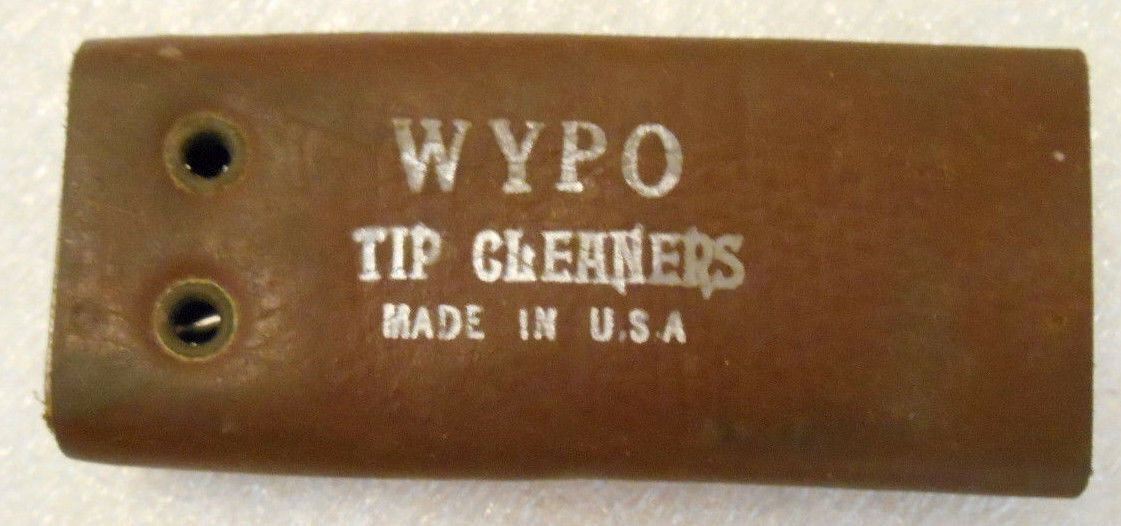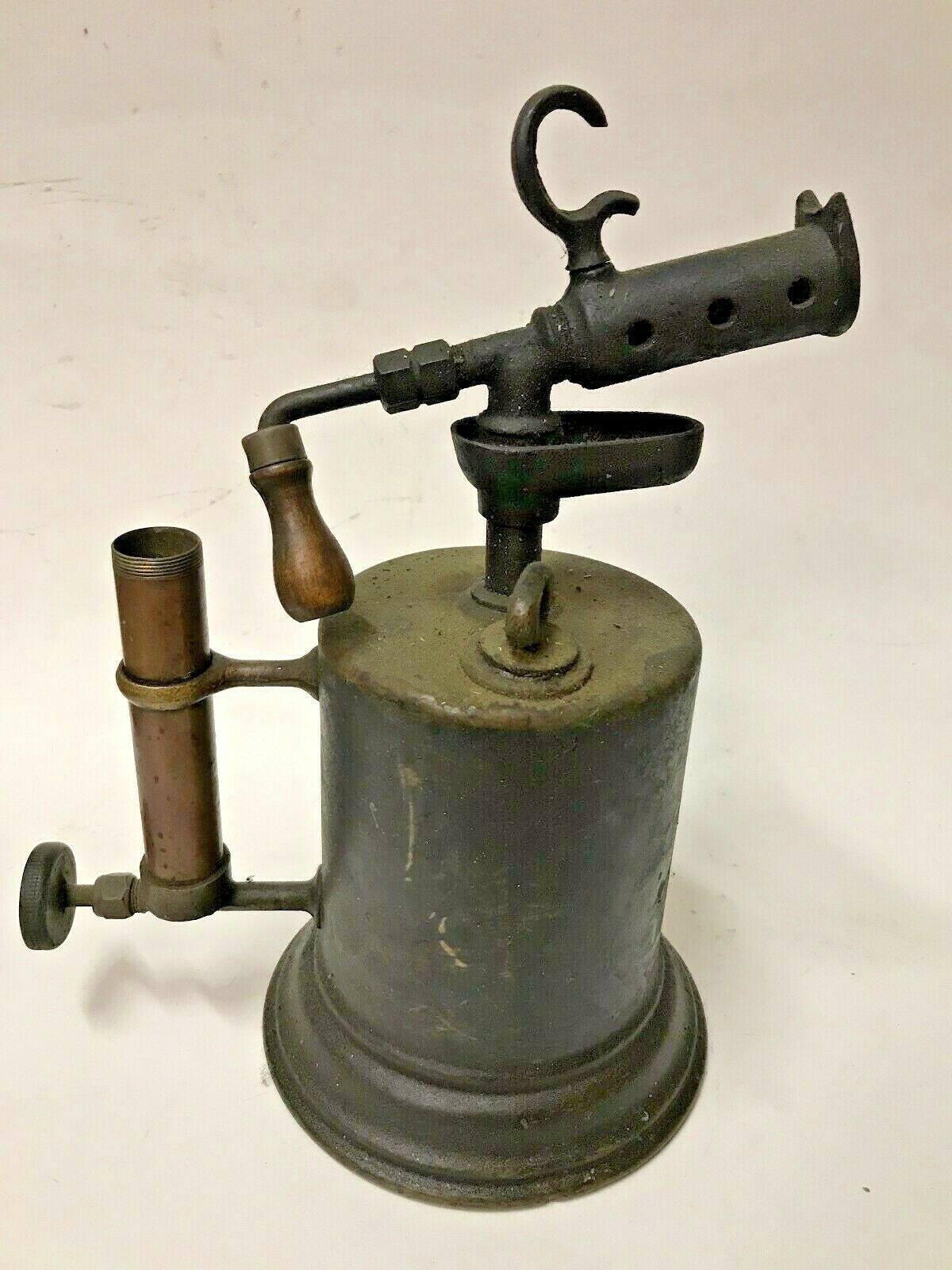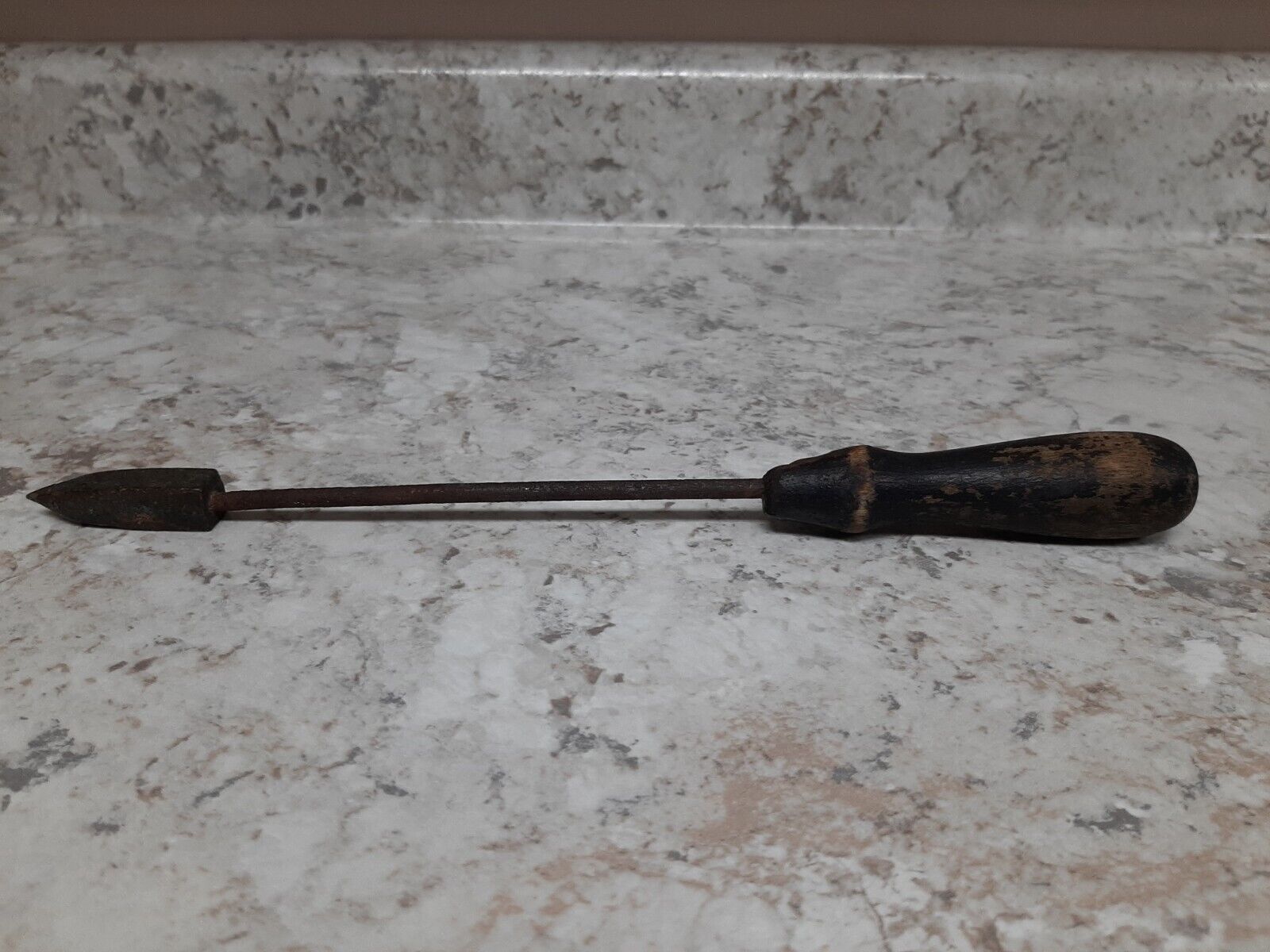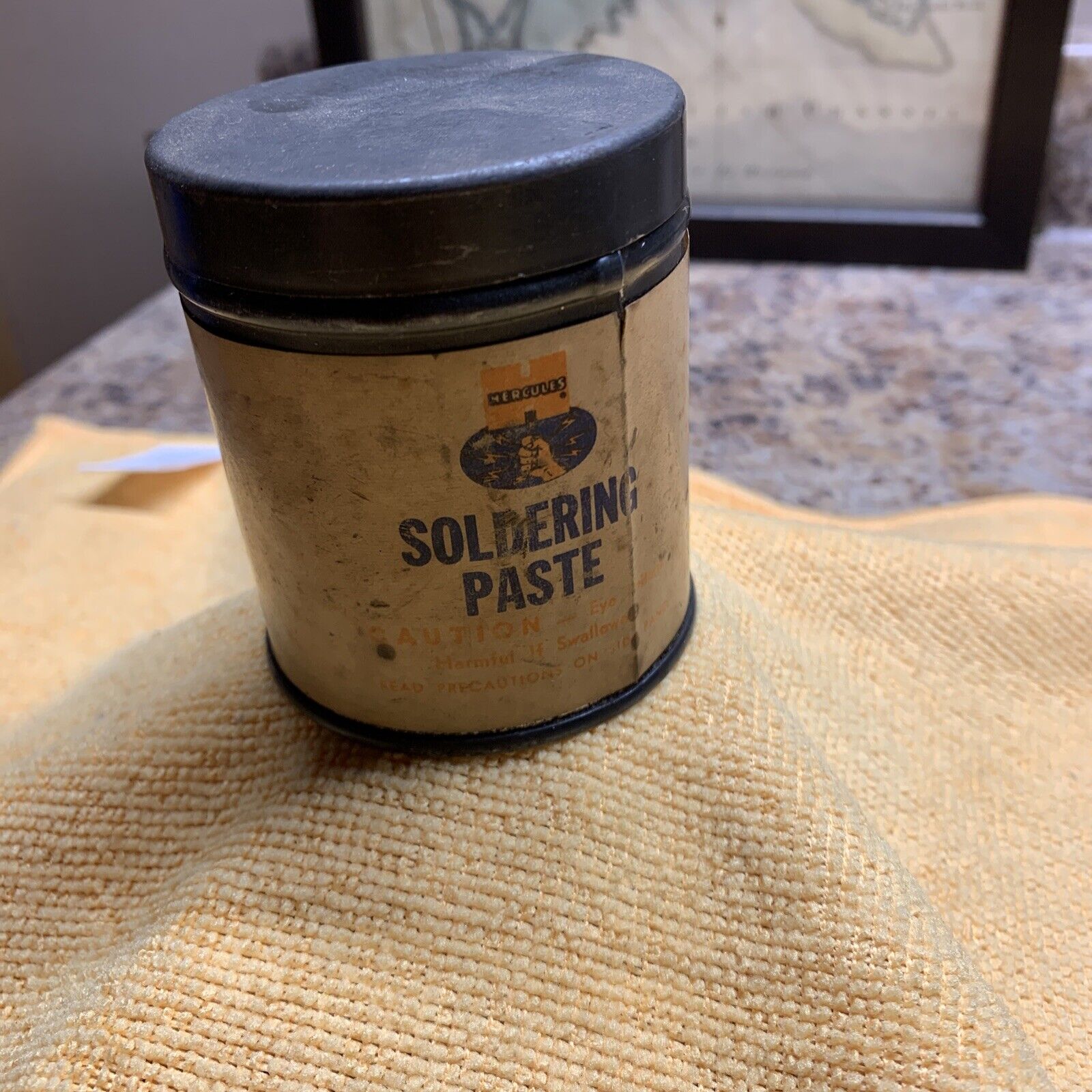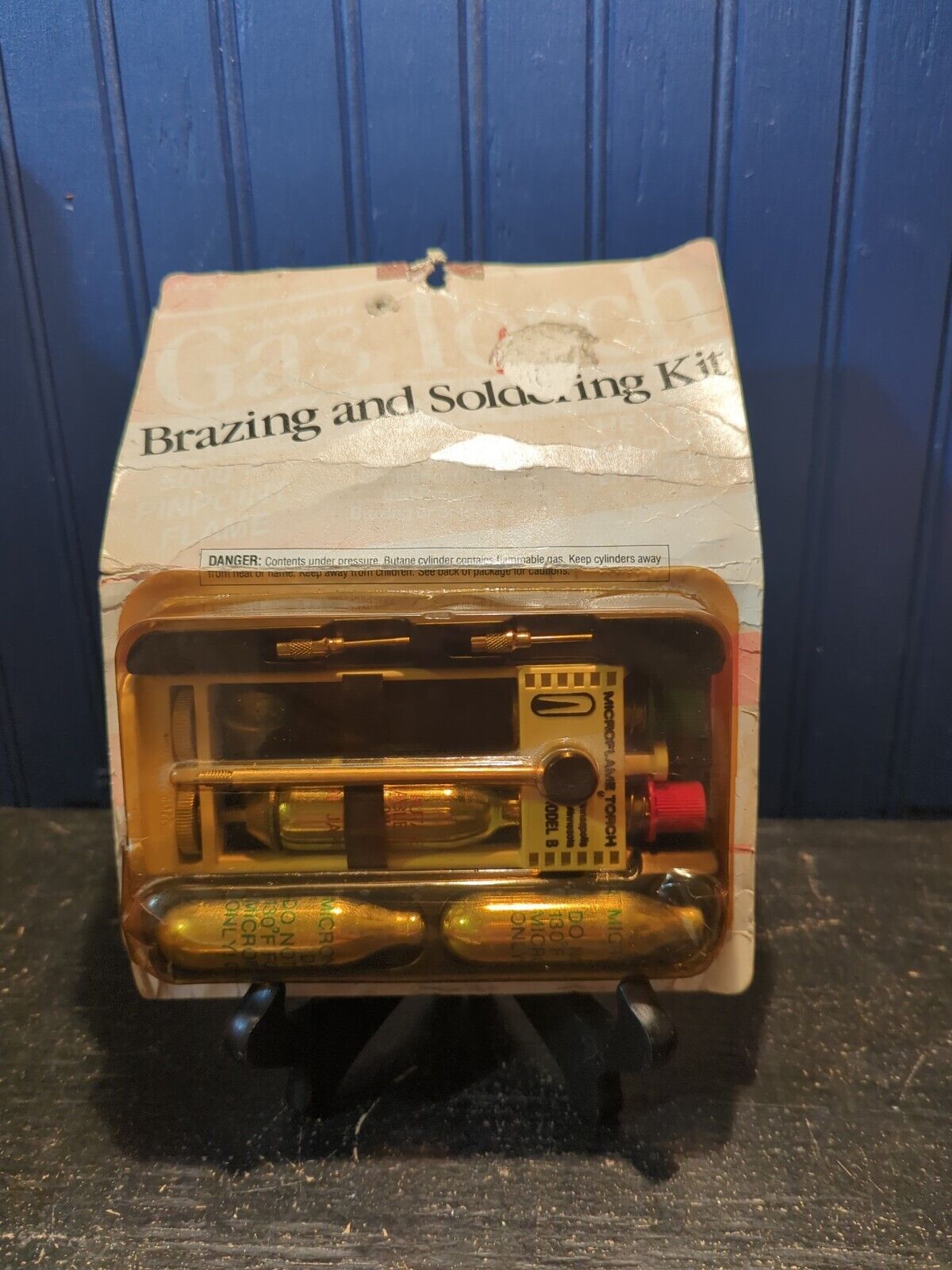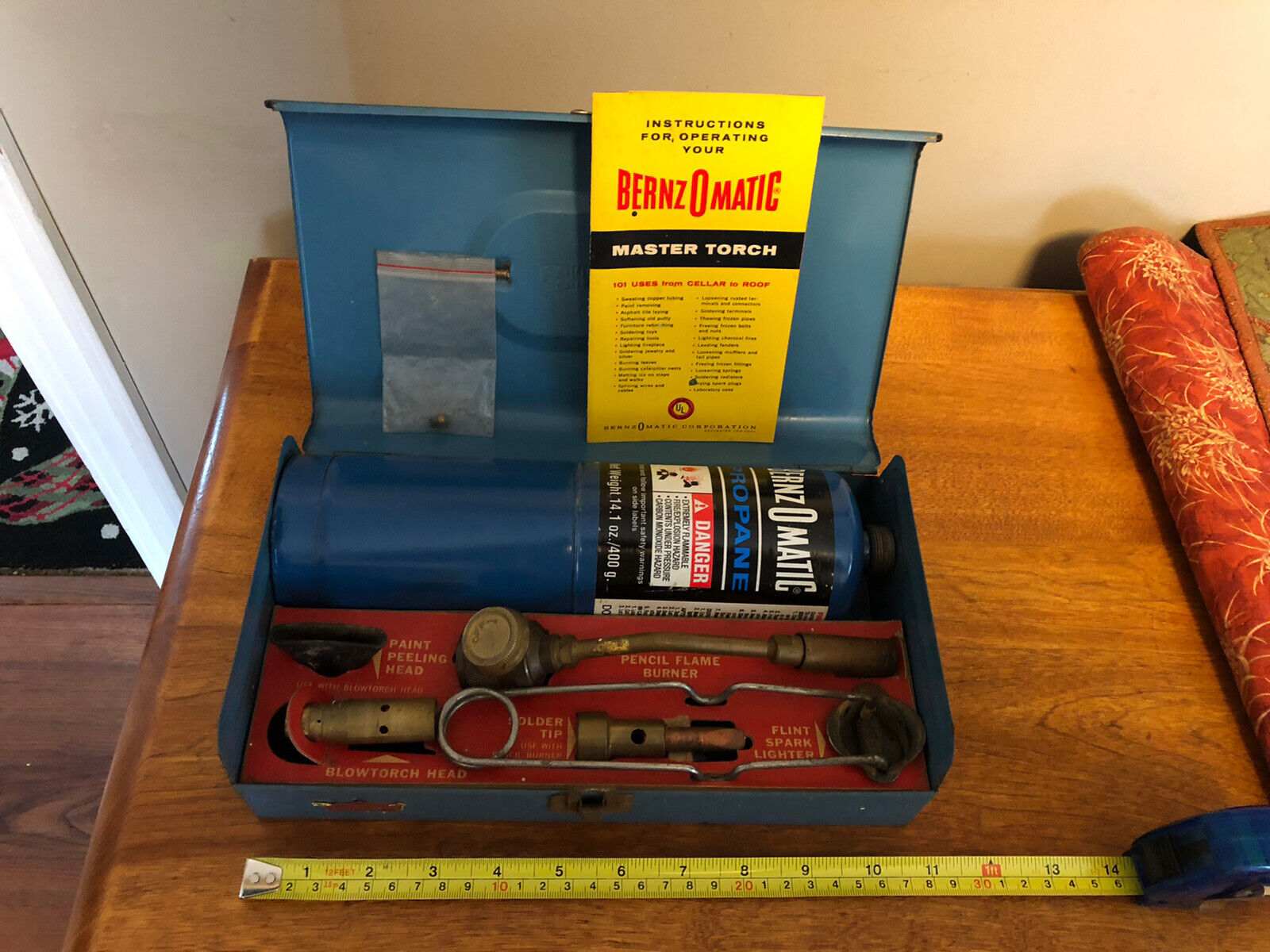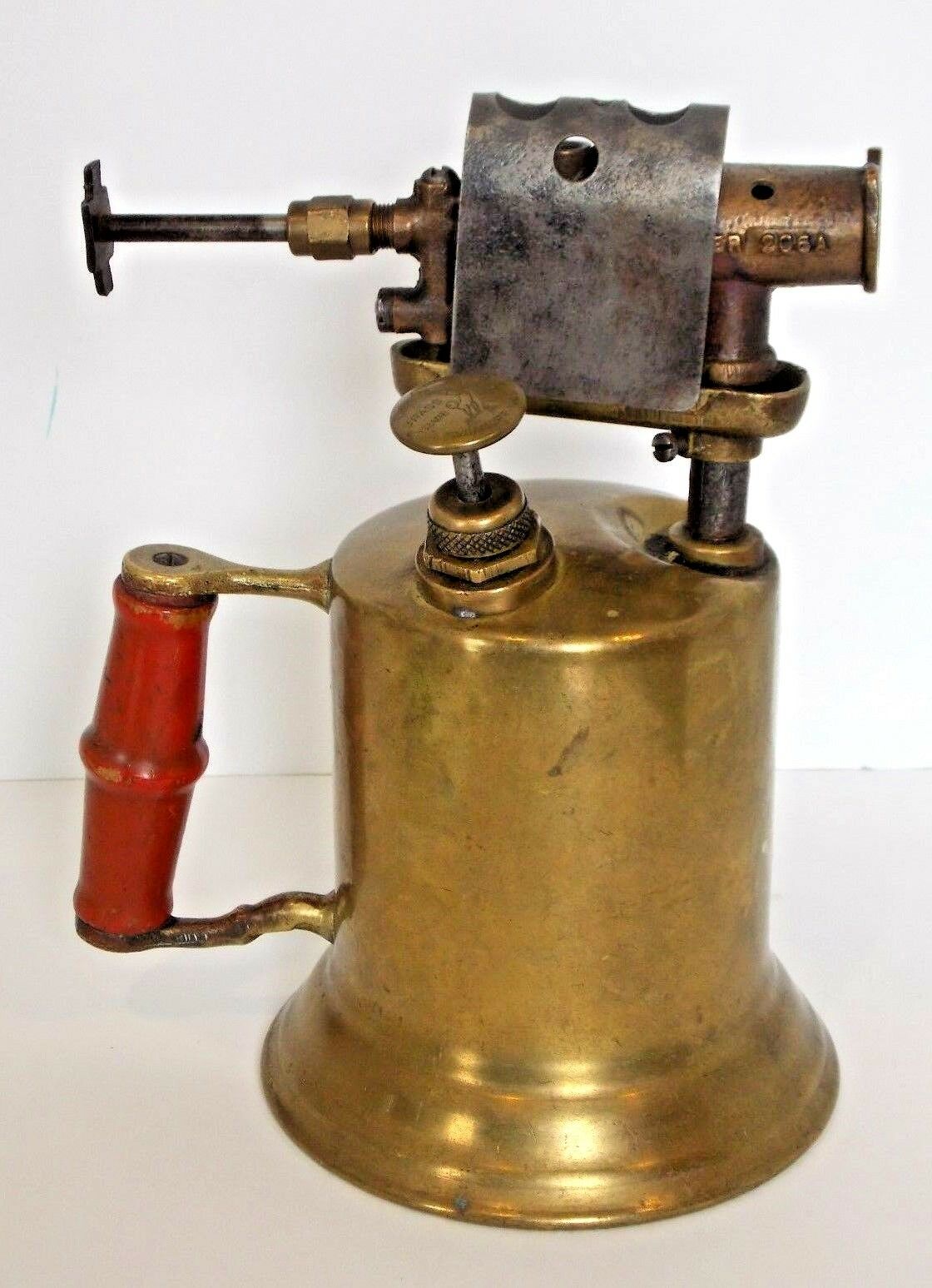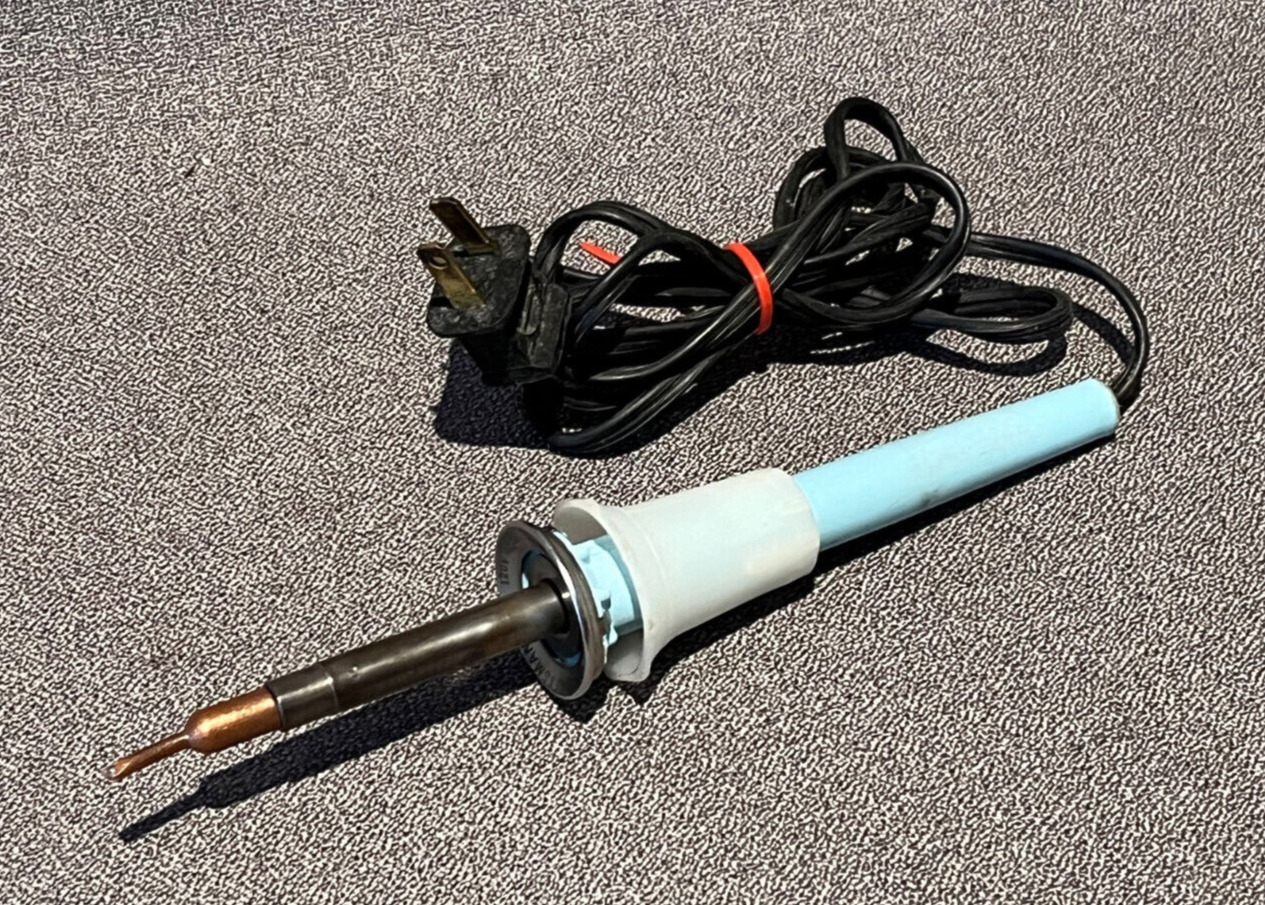-40%
Antique Clayton & Lambert Co. Lead Gold Smelting Stove torch 1919 Deadwood SD
$ 73.92
- Description
- Size Guide
Description
Antique Clayton and Lambert smelting stove from Deadwood South Dakota.Great piece of American History !
Will need to be restored.
Joshua Lambert was born on his father Solomon’s homestead in 1837. As a formal education was not available in those early days of Michigan Statehood, Joshua spent his youth learning the trade of blacksmithing. In the early 1880’s, Joshua went into business with a man named Nelson J. Clayton, under the name “Clayton, Lambert & Co.”
In 1888, having developed new designs for blowtorches and firepots, Nelson and Joshua began operating under the name “Clayton & Lambert Manufacturing Company”. In 1891 the company was incorporated under the laws of the state of Michigan by Nelson Clayton, Joshua Lambert, and Joshua’s three sons, John, Charles, and Bert, each holding equal shares.
By 1899, demand for the Company’s products had increased beyond its production capacity, and a larger manufacturing facility was sought out. In 1902, a new factory was constructed on the corner of Beaubien St. and Trombly Ave. in Detroit. The new headquarters consisted of a two-story 117’x120’ general factory building, and a two-story 60’x217’ foundry building. By 1909, C&L had become the nation’s largest manufacturer of heat tools, having 80% of the US market along with a sizable export market.
The torch and firepot business continued to prosper, developing strong distribution throughout the United States and Canada. The Company’s products were evaluated by users as the finest of their kind in the world. The Clayton & Lambert policy of fair, equal dealing was known and respected by all in the trade.
In the spring of 1913, Nelson J. Clayton passed away, leaving the Lambert brothers to run the company.
The Detroit plant location soon found itself in the very center of feverish activity in the automobile industry. In 1915, the Company established a metal stamping division for the manufacture of fenders, hoods, radiator shells, gasoline tanks, and running boards.
Clayton & Lambert experienced some quick changes with the onset of World War I. During the ensuing years, the Company concentrated on the War effort, making hundreds of thousands of powder time-fuses for the Allies, pressed steel truck cabs for U.S. Army vehicles, and of course, large quantities of torches and firepots for all U.S. Services.
After the cessation of hostilities in 1919, so great was the demand for automotive metal stampings, that the Company built a large modern stamping plant known as its Knodell Division. In the following decade, the Knodell Division, with its many possibilities and a growing automotive industry, attracted a large number of the brightest young mechanical engineers to its facility. Their knowledge, combined with the great improvements in the quality of deep drawing steel from the mills, allowed great advances in tooling and metal forming of such difficult shapes as one piece fenders, doors, hoods, instrument panels and the like. (Later on, one of these young men served a term as President of the Ford Motor Company and another one as President of the Martin Marietta Company.)








